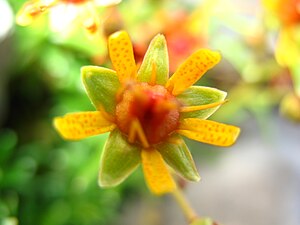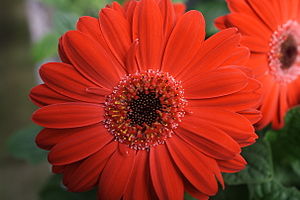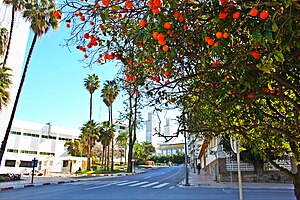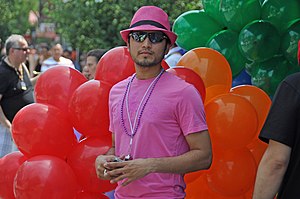Instructional design/Color Selection for Message Design/Unit3 Definition
|
Color Selection for Message Design |
|
Unit 1 High- and Low-Keyed Colors Unit 2 Warm and Cool Colors Unit 3 Color Combinations Unit 4 Psychology of Colors Final Exam! |
Color Combinations[edit | edit source]There are three primary color combinations: analogous color, complementary color, and split complementary color. In order to understand the concept of color combinations, it is a good idea to refer back to the color wheel. Analogous Color[edit | edit source]Analogous colors are colors next to each other on the color wheel. For example, orange, reddish orange, and red are analogous colors. Examples of Analogous Color[edit | edit source]Complementary Color[edit | edit source]Complementary colors are colors placed opposite on the color wheel. For example, greenish blue and reddish orange are complementary colors. Examples of Complementary Color[edit | edit source]Split Complementary Color[edit | edit source]Split complementary colors consist of a color and two colors next to that color’s complementary. For example, violet, yellowish green, and yellowish orange are split complementary colors. Examples of Split Complementary Color[edit | edit source]
|






